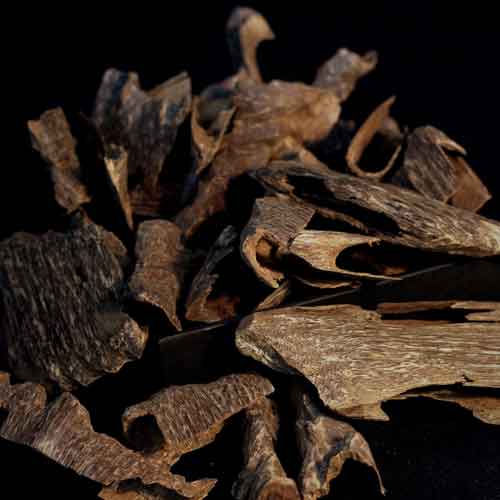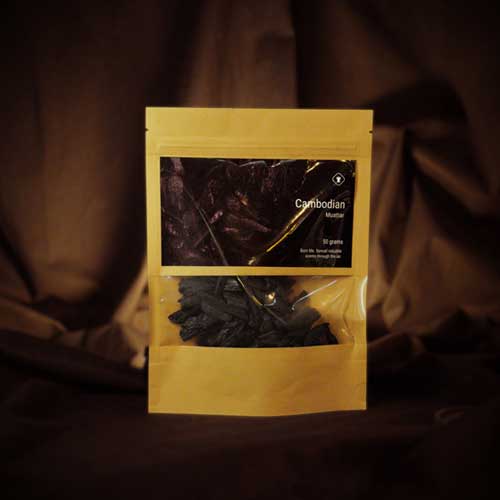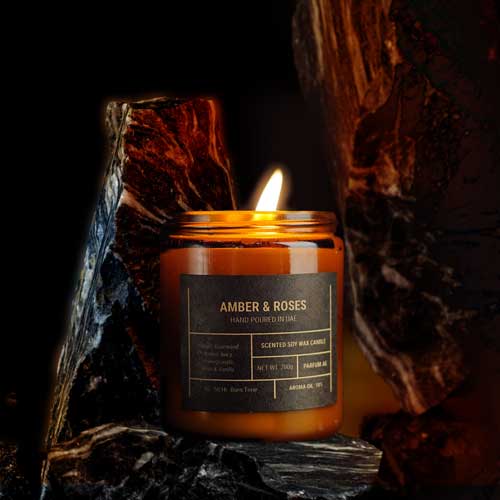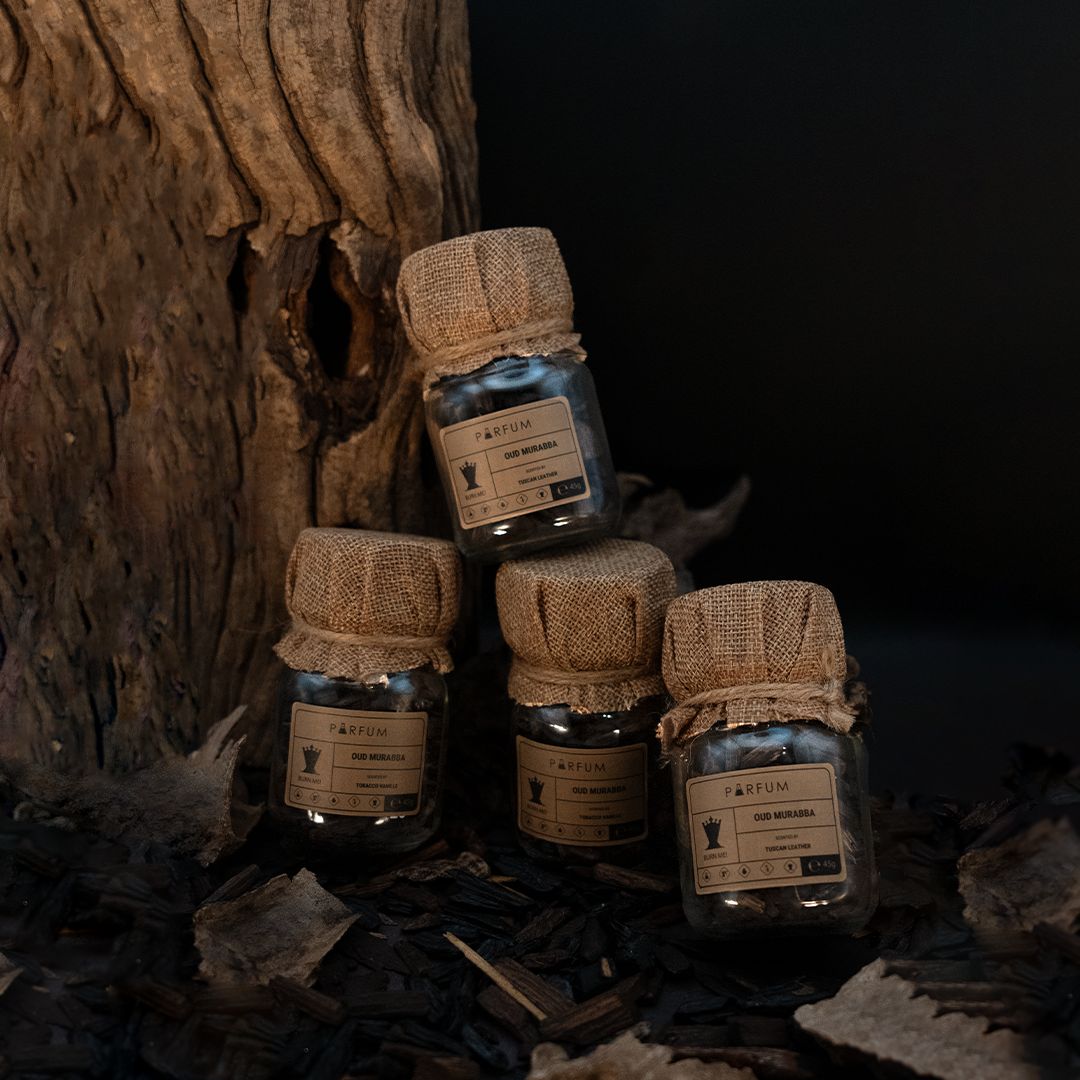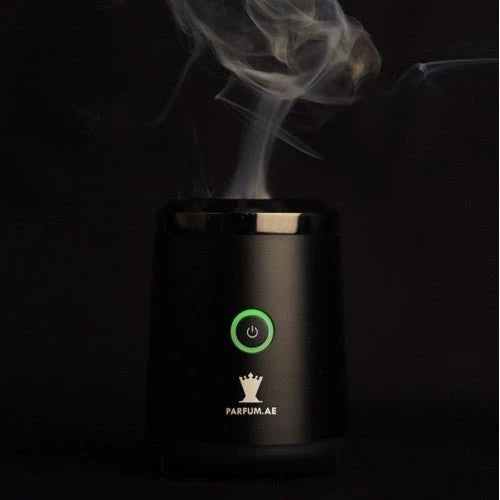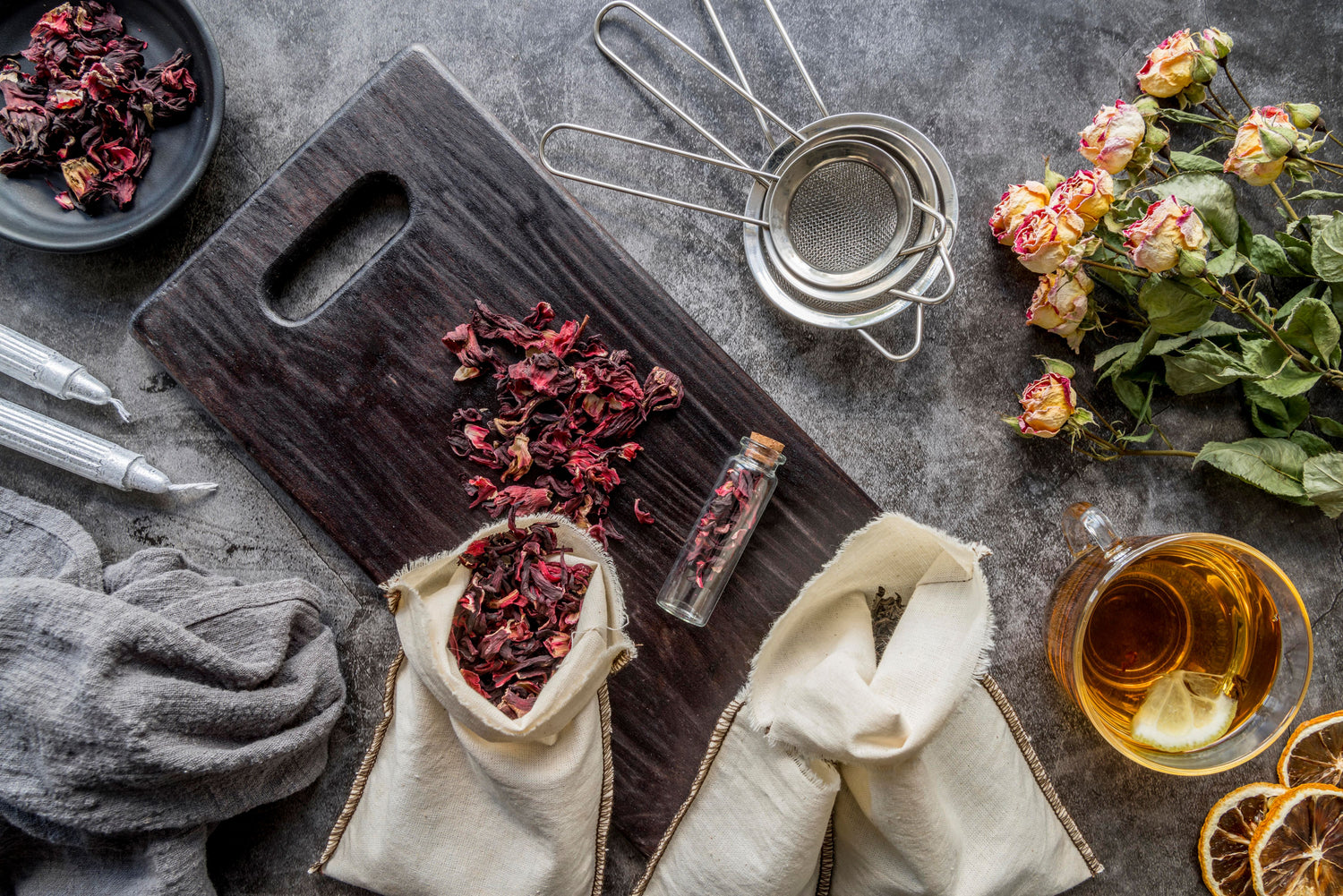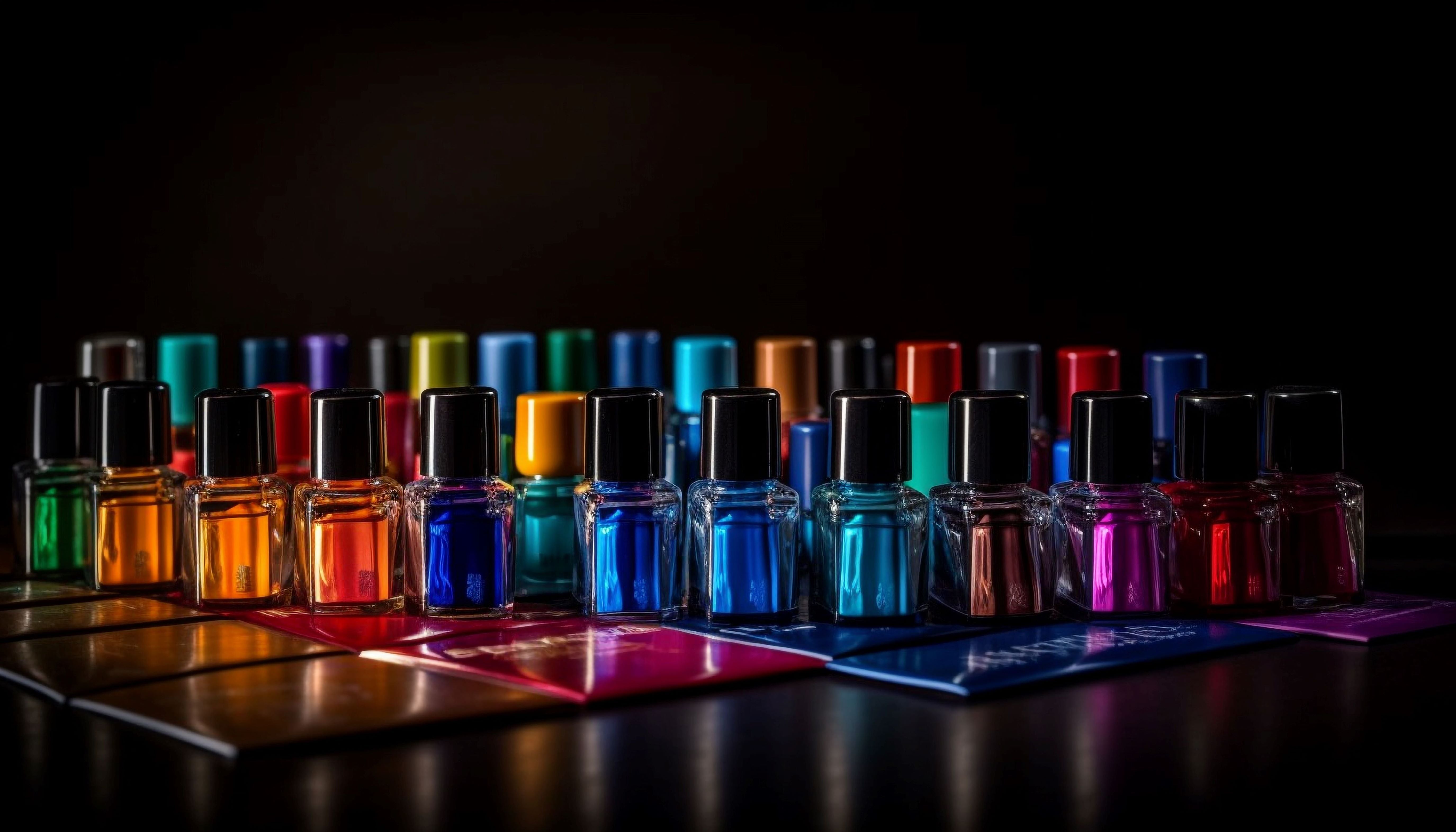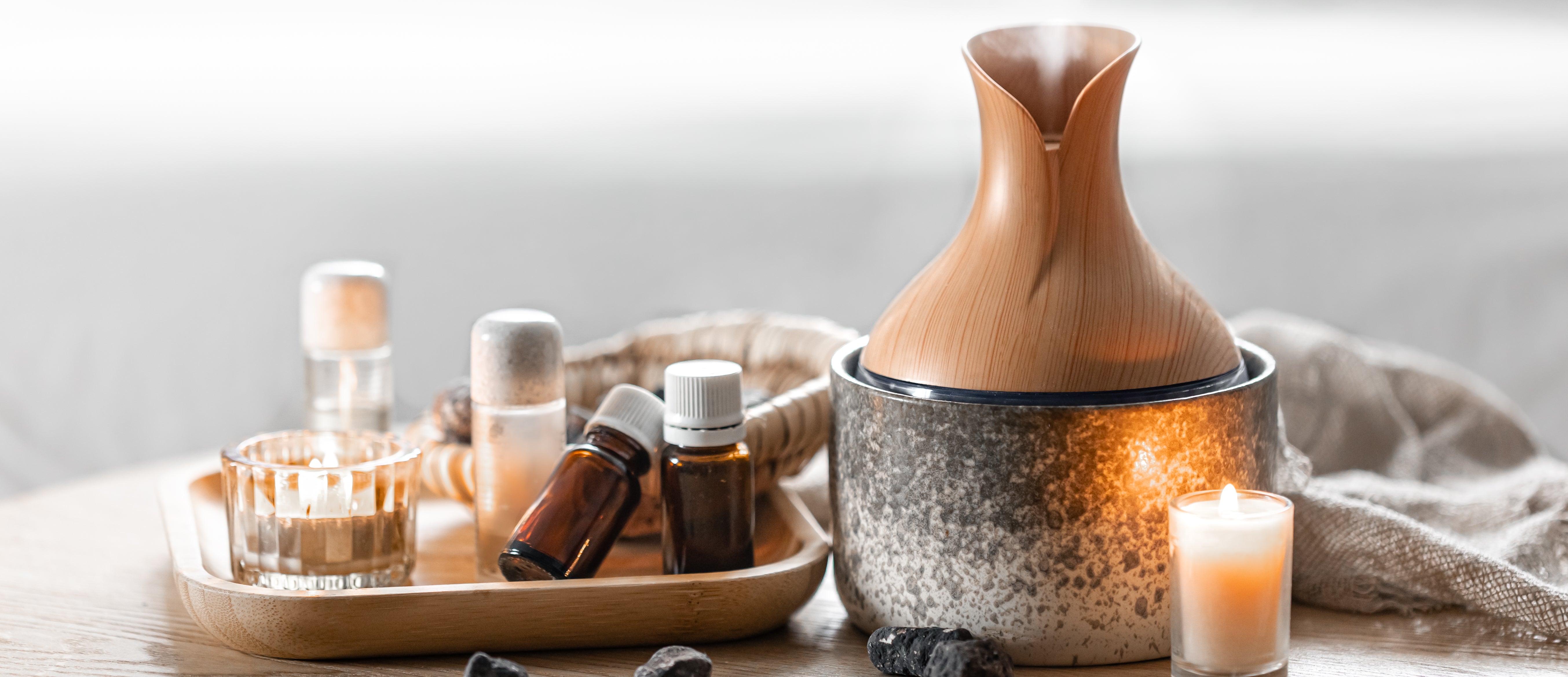Perfume and Cuisine: Exploring Fragrant Ingredients Shared by Food and Fragrance
The world of scents and flavors is intertwined in a way that bridges the sensory experiences of food and fragrance. Both perfume and cuisine rely on aromatic ingredients that elevate our perception of taste and scent, creating lasting memories through these shared elements. This article explores how the same fragrant ingredients used in aromatic cuisine are also essential to the world of perfumes, from spices and botanicals to floral and citrus notes. Visit parfum store.
Perfume Fragrance Bar and Aromatic Cuisine: A Sensory Connection
The concept of a "perfume fragrance bar and aromatic cuisine" speaks to the harmonious relationship between scent and flavor. Just as a perfume fragrance bar offers an array of scents to captivate the senses, aromatic cuisine relies on fragrant spices and herbs to enhance the taste experience. Whether in a high-end restaurant or a boutique perfume store, the fusion of smell and flavor elevates both experiences to new heights.
Aromatic ingredients such as vanilla, cinnamon, and lavender are commonly found both in the kitchen and in the perfume bottle. These forever fragrant ingredients transcend their origins in food to become essential components in many beloved fragrances. Imagine the warm, comforting smell of vanilla in a dessert, and now picture that same note lingering delicately in a perfume—it's an instant connection between the olfactory and the gustatory.
Key Fragrant Ingredients that Unite Food and Fragrance

Some of the most commonly shared ingredients between the worlds of perfume and cuisine include citrus, spices, and florals. Citrus fruits like bergamot, lemon, and orange bring a fresh, zesty quality to both dishes and perfumes, adding a bright and uplifting note. Spices such as cardamom, cinnamon, and cloves, often used in savory and sweet dishes, add warmth and depth to fragrances.
Florals such as rose, jasmine, and lavender are beloved in perfumery, but they also find their way into gourmet dishes and cocktails. At a perfume fragrance bar and aromatic cuisine establishment, the menu might include a rose-scented dessert or a lavender-infused cocktail. The culinary application of these ingredients mirrors their importance in perfumery, where they add complexity and a sense of luxury.
Check Fragrant Ingredients on the Menu
Next time you’re at a fine dining establishment, take a moment to check the menu for fragrant ingredients that may be familiar from the world of perfumes. Whether it’s a dish infused with ylang-ylang or a dessert spiced with saffron, these ingredients are a nod to the sensory overlap between food and fragrance. Restaurants that embrace this concept, such as the popular perfume fragrance bar and aromatic cuisine menu offerings, create an immersive experience that appeals to multiple senses.
Exploring Fragrance Beyond the Bottle
In certain places known for their eclectic mix of perfume and cuisine culture, you can often find establishments where scent plays an integral role in the dining experience. The fusion of perfume fragrance bars and aromatic cuisine has grown, offering diners a unique experience where they can explore not only the flavors but also the scents of their meal. These venues provide a multisensory experience, with carefully curated menus that highlight the use of fragrant ingredients in both food and drink.
Crafting Scent and Flavor: The Art of Blending in Perfume and Cuisine

The relationship between food and fragrance is more interconnected than one might expect. Many of the aromatic ingredients that enhance the flavors of our favorite dishes also serve as essential components in the world of perfumery. Ingredients like vanilla, cinnamon, and citrus can bridge both worlds, adding depth and complexity to cuisine while elevating fragrances to a new sensory level. For those looking to explore the world of unique and fragrant perfumes, the diverse selection available at fragrance collection offers a wide array of options that showcase these aromatic ingredients in scent form.
One of the most exciting parallels between food and fragrance is the art of blending. Just as chefs combine various flavors to create a harmonious dish, perfume enthusiasts can craft their own signature scents through the process of mixology. This trend in perfumery allows individuals to experiment with different fragrance notes, creating personalized blends that reflect their unique taste. The mixology collection at Parfum.ae provides all the tools necessary to dive into this creative process, making it easy to blend complementary notes just like a chef might experiment with spices and herbs in the kitchen.
For those eager to create a custom fragrance that mirrors the complexity of a gourmet dish, products like the Mix It perfume kit offer a hands-on experience. Much like preparing a meal with a variety of ingredients, this kit allows perfume lovers to mix different fragrances and discover new scent combinations, just as one might discover new flavor pairings in cuisine.
Conclusion: A Harmonious Blend of Scent and Flavor
As we continue to explore the connections between perfume and cuisine, it's clear that fragrant ingredients play a significant role in both sensory worlds. The interplay between these realms is celebrated at perfume fragrance bar and aromatic cuisine destinations, where the menu reflects a deep appreciation for the aromatic power of ingredients that tantalize both the nose and the palate.
Whether you’re dining at an aromatic cuisine menu or checking out the latest perfumes at a fragrance bar, the lasting impact of these forever fragrant ingredients is undeniable. These shared elements remind us that scent and flavor are deeply connected, enriching our experiences in both perfume and cuisine.

